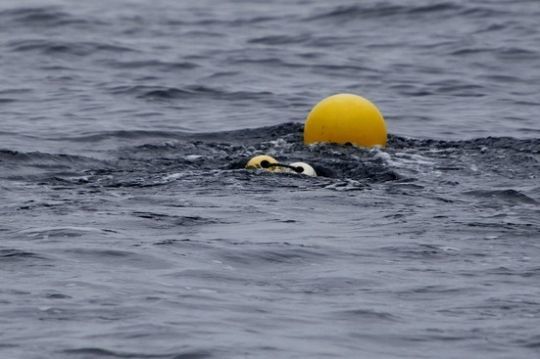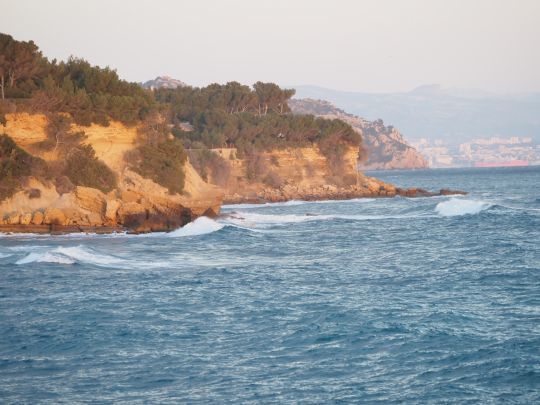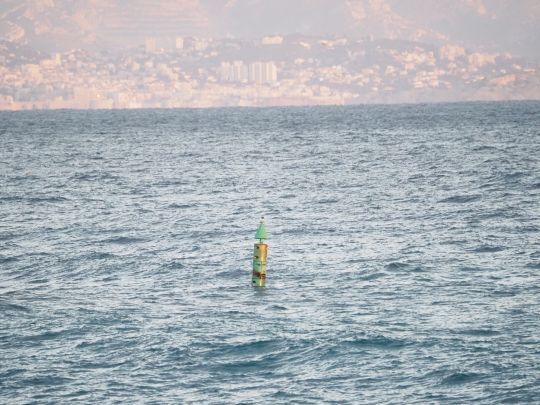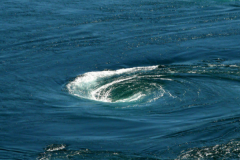Sicilian origins
The Ligurian Current is a current oriented mainly in an East-West direction. It originates off the coast of Palermo, south of the Tyrrhenian Sea. It then flows towards the Italian coast to the north, approaching the Bay of Naples and then the Gulf of Genoa, in the region of Liguria which gives it its name.

It then turned westward, and off Monaco, it joined the currents rising from the Corsican coast. Supported by this new flow, it skirts the coasts of Var, crosses the Gulf of Lion before joining the Catalan coast. It then loses intensity, diluting between the Balearic Islands.
What is it due to?
The existence of currents in the Mediterranean has its origins in the inflow of Atlantic water through the Strait of Gibraltar. They are estimated at 35,000 km3 each year, the total volume of water in the Mediterranean being 3,700,000 km3.
Exchanges in the Strait are established as a two-stage circulation, with the Atlantic waters flowing towards the Mediterranean at the surface, while the Mediterranean waters, which are denser, flow out towards the Atlantic at depth.

The configuration of the Mediterranean basin, with narrow continental shelves and a small opening to the Atlantic Ocean, explains the weakness of the tides and their weak impact on the currents.
The circulation of water masses is therefore mainly the result of global exchanges with the Atlantic and differences in temperature and salinity, which modify the characteristics of sea water, particularly its density, and create exchange and displacement phenomena of water masses. As it approaches the coast and during the spring period, the current also undergoes variations due to the freshwater inflow from the snowmelt.
A current with variable geometry
The Ligurian current has a different configuration depending on the season. In winter, it tends to come closer to the coast. It circulates in a corridor of about 25 miles wide, and its speed is greater. At its peak, it is about 0.45 knots.

Conversely, from June to December, the corridor widens to about 40 miles, and the current intensity is reduced.
During the episodes of Mistral, which blows a hundred days a year, the Ligurian current is erased by the force of wind on the French coasts.


 /
/ 








